BLACK PRESS @ 200
Black Press @ 200 marks the Bicentennial of the Black Press in the United States. It celebrates two hundred years of Black protest, creativity, and journalism.
TABLE OF CONTENTS:
HISTORY OF
THE BLACK PRESS:
For the past two centuries, the Black Press has provided a voice for a people who were regularly silenced by mainstream American media outlets. Black periodicals helped to shape and empower Black communities. They championed Black accomplishments and agitated for Black rights. From its humble beginnings in the early nineteenth century to its continued evolution in the present day, the Black Press has carried the weight of history on its ink-stained pages. Join us on a journey through time as we explore some of the milestones and stories that have woven the fabric of Black journalism.

1827
FREEDOM'S JOURNAL
The first Black-owned and operated newspaper to be published in the United States. Editors Samuel Cornish and John Russwurm promised Black readers that the Journal would “plead our own cause.” Although the paper only lasted for two years, its support for abolition and advocacy of Black civil and educational rights helped to establish a precedent for the Black Press as a “fighting press.”

1847
THE NORTH STAR
Published in Rochester, New York, the North Star was arguably the most influential Black periodical to emerge during the decades prior to the American Civil War. Its name and content reflected the primacy of antislavery to the antebellum Black Press. As a mouthpiece for editor Frederick Douglass, one of the most recognizable Black men in the country, the Star also highlights the critical role of Black periodicals as a “voice for the race.”

1879
THE CALIFORNIAN EAGLE
Upon the death of founder John J. Neimore, Charlotta Bass become owner and publisher of the Los Angeles-based paper in 1912, making her likely the first female African-American newspaper publisher in the U.S. She established an activist tradition with a crusade against D.W. Griffith’s film “The Birth of a Nation.”

1905
CHICAGO DEFENDER
During the first two decades of the twentieth century, the Defender evolved from an inauspicious community paper into “the world’s greatest weekly.” Its founder, Robert Sengstacke Abbott, had migrated to Chicago from coastal Georgia during the 1890s, and the Defender became an important voice for millions of Black Southerners who ventured north as part of the “Great Migration.”

1945
EBONY
One of the first commercially successful Black photo-editorial magazines, Ebony transformed the landscape of Black publishing following its introduction in the 1940s. As the flagship of the Johnson Publishing Company, Ebony could be found in almost every Black household by its tenth anniversary. Its ability to move with the changing ideological and political tides meant that its popularity endured into the 1990s, and although the magazine ceased print publication in 2019, it has recently been relaunched in digital format.

1827
FREEDOM'S JOURNAL
The first Black-owned and operated newspaper to be published in the United States. Editors Samuel Cornish and John Russwurm promised Black readers that the Journal would “plead our own cause.” Although the paper only lasted for two years, its support for abolition and advocacy of Black civil and educational rights helped to establish a precedent for the Black Press as a “fighting press.”

1879
THE CALIFORNIAN EAGLE
Founded by Texan-born publisher John J. Neimore, the Eagle is most closely affiliated with Charlotta Bass, a pioneering Black female publisher who assumed ownership of the newspaper in 1912. Under Bass’s leadership, the Eagle became one of the nation’s most widely circulated Black newspapers and helped to lead the fight for Black civil rights on the West Coast.

1945
EBONY
One of the first commercially successful Black photo-editorial magazines, Ebony transformed the landscape of Black publishing following its introduction in the 1940s. As the flagship of the Johnson Publishing Company, Ebony could be found in almost every Black household by its tenth anniversary. Its ability to move with the changing ideological and political tides meant that its popularity endured into the 1990s, and although the magazine ceased print publication in 2019, it has recently been relaunched in digital format.
1847
THE NORTH STAR
Published in Rochester, New York, the North Star was arguably the most influential Black periodical to emerge during the decades prior to the American Civil War. Its name and content reflected the primacy of antislavery to the antebellum Black Press. As a mouthpiece for editor Frederick Douglass, one of the most recognizable Black men in the country, the Star also highlighted the critical role of Black periodicals as a “voice for the race.”

1905
CHICAGO DEFENDER
During the first two decades of the twentieth century, the Defender evolved from an inauspicious community paper into “the world’s greatest weekly.” Its founder, Robert Sengstacke Abbott, migrated to Chicago from coastal Georgia during the 1890s, and the Defender became an important voice for millions of Black Southerners who ventured north as part of the “Great Migration.”

2025
BLACK PRESS @ 200
The Black Press continues today with over 200 newspapers and periodicals in the United States alone.
ABOUT THE
PROJECT:
Black Press @ 200 is a pioneering project dedicated to honoring the legacy of Black journalism and its role in shaping American society. As we celebrate two centuries of Black news coverage, we aim to create a space that amplifies the voices of Black journalist, publishers, and readers. Through publications, public events, media engagement, and other initiatives. We provide an opportunity to learn about integral role the Black Press has played in holding the Nation accountable to its democratic ideals
—Black Press 200 is composed of a network of people built around honoring the legacy of black journalism and its pivotal role in society.

Kim Gallon
Founder, Educator

James West
Scholar, Educator

Michael Guy
Scholar, Educator

Rene Payne
Creative Director

Jon Chen
Designer, Creative Technologist

Cole Mitchell Johnson
Designer, Engineer

Zoe Pulley
Designer
—Black Press 200 is composed of a network of people built around honoring the legacy of black journalism and its pivotal role in society.
ARCHIVE &
APPROACH:
Browse our curated collections of Black Press material to learn more about the content of individual Black periodicals and coverage of key events and issues in US and global history. The archive begins with a rich collection of short stories published in the Baltimore Afro-American between 1925 and 1950, demonstrating the importance of the Black Press as an outlet for Black literary expression.
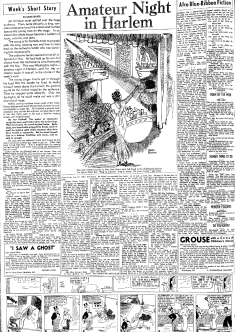
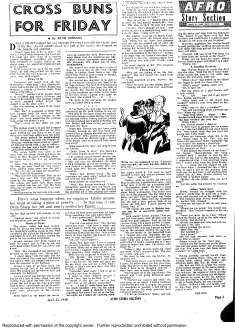

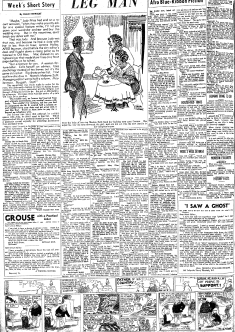
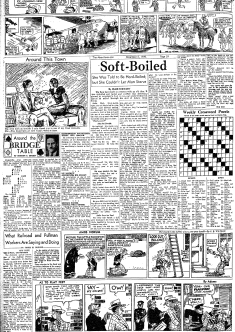
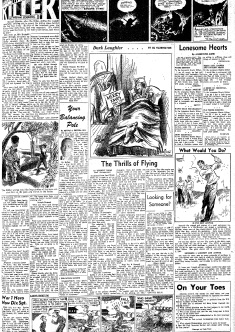
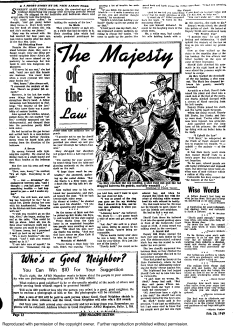
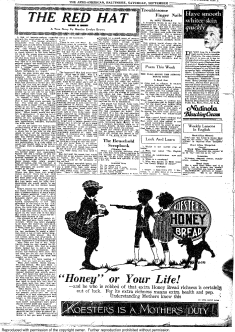
























































































































FREEDOM TO
CREATE:
For Black journalists, publishers, and readers, the front page was a space that served to reinforce, complicate, and negotiate the Black Press’ role as a force for social justice.
Learn more about the content and design of Black periodicals, and create your own piece of Black Press history!
—“Allowing anyone and everyone the Freedom to Create.”
HONORING YESTERDAY WITH NOW
A MODERN TOOL EMBODYING THE PAST —
HONORING YESTERDAY WITH THE PRESENT
HONORING YESTERDAY WITH NOW
Select one of our four main themes to explore how the Black Press covered key moments in Black History.
ANNOUNCING
FORGING FREEDOM
Black Press 200 marks the bicentennial of the Black Press through the release of a landmark edited collection with Johns Hopkins University Press, scheduled for publication in late 2026.

ANNOUNCING
FORGING FREEDOM
Black Press 200 marks the bicentennial of the Black Press through the release of a landmark edited collection with Johns Hopkins University Press, scheduled for publication in late 2026.

ANNOUNCING
FORGING FREEDOM
Black Press 200 marks the bicentennial of the Black Press through the release of a landmark edited collection with Johns Hopkins University Press, scheduled for publication in late 2026.






